Little flies flying around the house can be really annoying. But in addition, they can damage your houseplants. Have you ever wondered why they always hide around pots? This is simply because their larvae feed on the small roots of plants. So if you want to keep the oxygen source alive, you have to get rid of gnats in houseplants. Keep reading to find out how to do it without using chemicals. In other words, we are going to show you natural and sustainable methods.
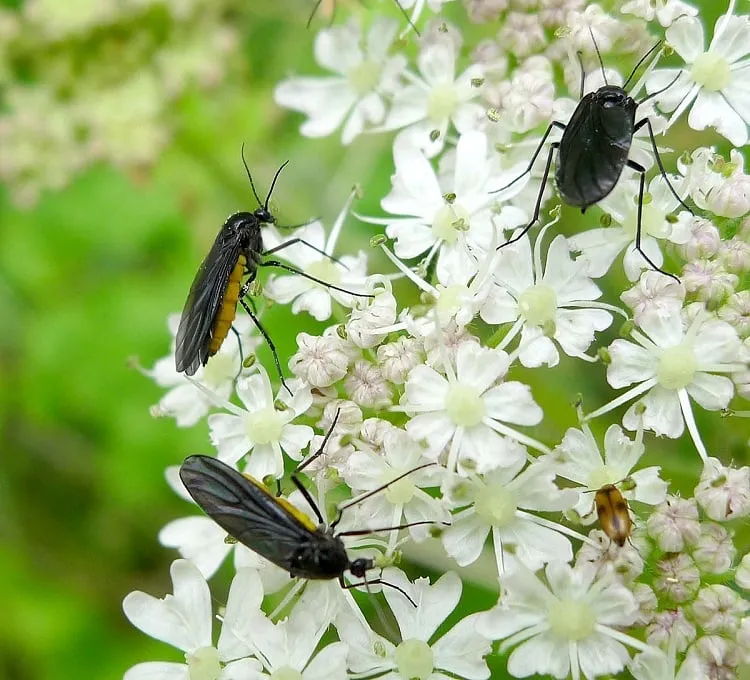
How to get rid of gnats in your apartment?
There are several methods to choose from and all of them are natural solutions. For example, you can place honey or vinegar near the plants. It works like a gnat trap. It is also important to quarantine the damaged plant, as the small critters can transfer to the neighboring pot.
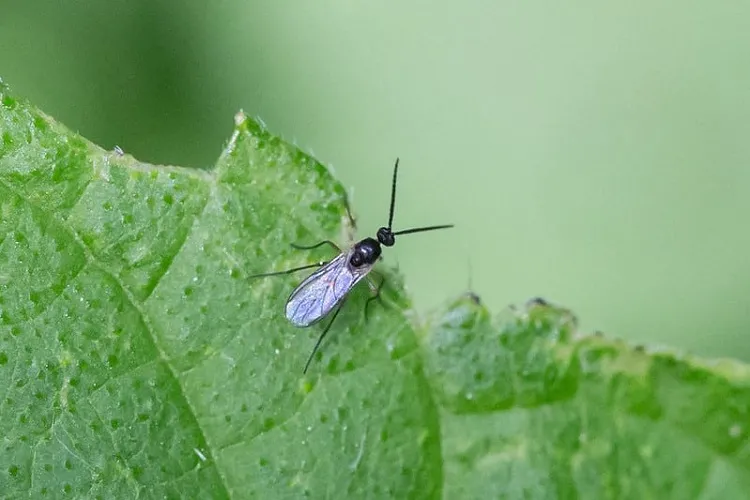
Here are some more tips and tricks to get rid of bugs in your home. Yes, they are not dangerous to people or pets, but houseplants are also important for the well-being of your home. So take action in time.
Let the soil dry
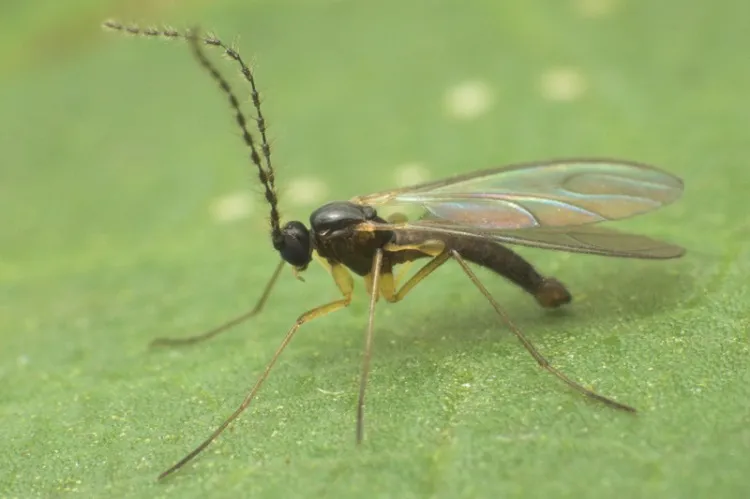
One of the main reasons for the appearance of gnats in plants is excessive watering. If you keep the soil too moist, you create the perfect environment for the development of larvae. It is therefore important to let the soil dry out between waterings. As a result, eggs and larvae will die and not reappear.
Natural gnat repellent
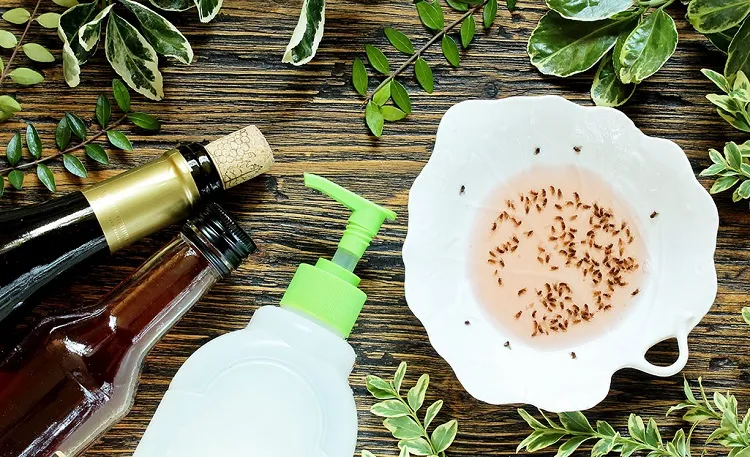
How to get rid of gnats in houseplants is a question that agitates quite a few gardeners. Here are some simple methods to try that will guarantee you an effective result:
- Vinegar – This is the most popular grandmother’s trick, but also the smelliest. If you decide to use it anyway, just pour some into a small bowl and set it near the plants.
- Black soap – Mix 30 grams of black soap in a liter of water and pour into a spray bottle. Once you have watered your plants, spray this mixture on the plant and on the soil.
- Honey – Honey is tasty and sticky. So all you have to do is dilute it slightly with water and then coat a piece of cardboard with the mixture. Leave it in the pot or nearby.
- Black Tea – Another tip is to water the plants with black tea every two weeks. This will keep the gnats away.
- Lemongrass – this plant also has the power to keep small insects away. So, soak a cotton ball with a few drops of lemongrass essential oil and place it in the soil.
- Matches – Sticking matches in flower pots may sound silly, but flies hate the smell of sulfur. So place them upside down around each plant to get rid of gnats.
- Candle – At night, turn off the lights and leave only one candle burning. Make sure to place it on a tray or in a bowl filled with water.
- Cinnamon – Prepare an infusion with 2 tbsp. cinnamon and 1 liter of water. Once the mixture has cooled, use it to water the green plants.
Also read: How to Get Rid of Flies in Potting Soil? 5 Natural Remedies
Trap gnat larvae

Fungus gnat larvae can be easily trapped with a piece of raw potato. Within a few days, when you lift the vegetable, you will see the larvae feeding inside. Throw it away and replace it with a fresh piece. Don’t let the potato dry out, or the pests will return to the soil.
Use biological control
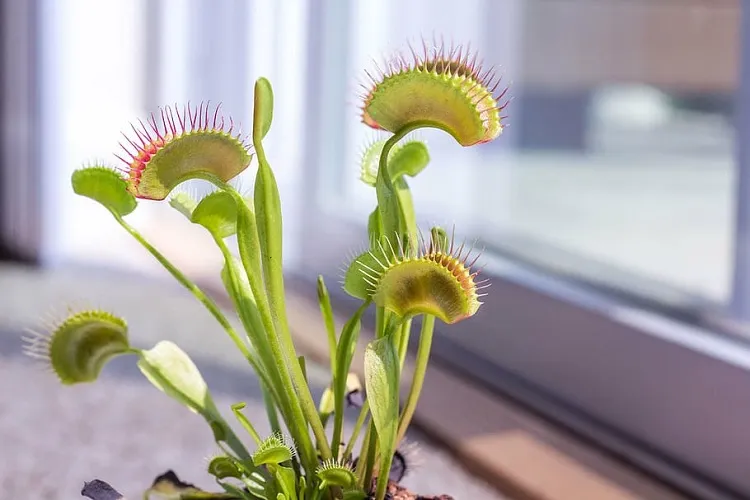
Biological control is about finding the pests’ natural predators. But when it comes to indoor plants, the choice is not very large. In this case, it is advisable to plant some carnivorous plants. They will maintain the natural balance of your home, while adding an exotic note to your interior space.
Another biological control option is to purchase a product containing microorganisms (bacteria) which are used for mosquito control in ponds. You can seek advice from your local agro-pharmacy, but a good example in this case is Bacillus thuringiensis subspecies israelensis (Bti).
